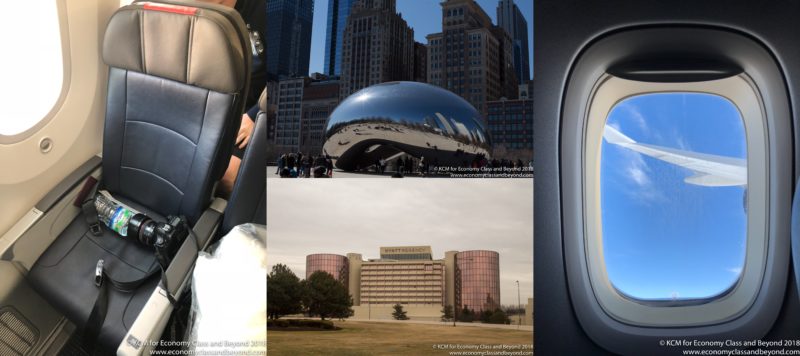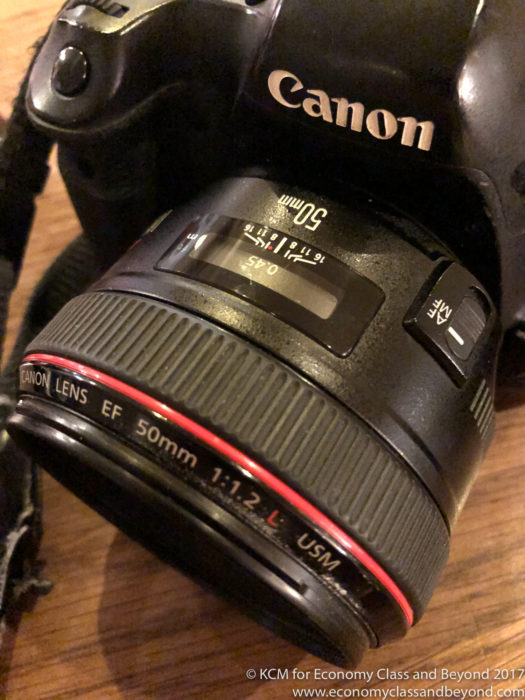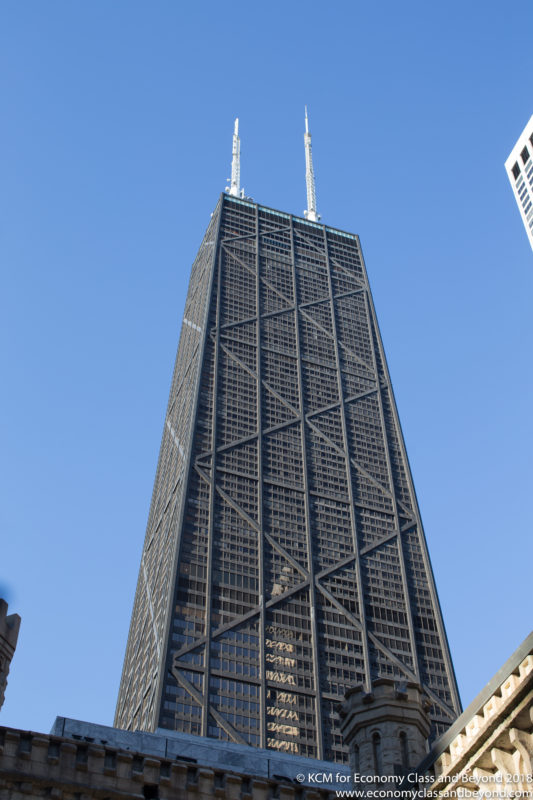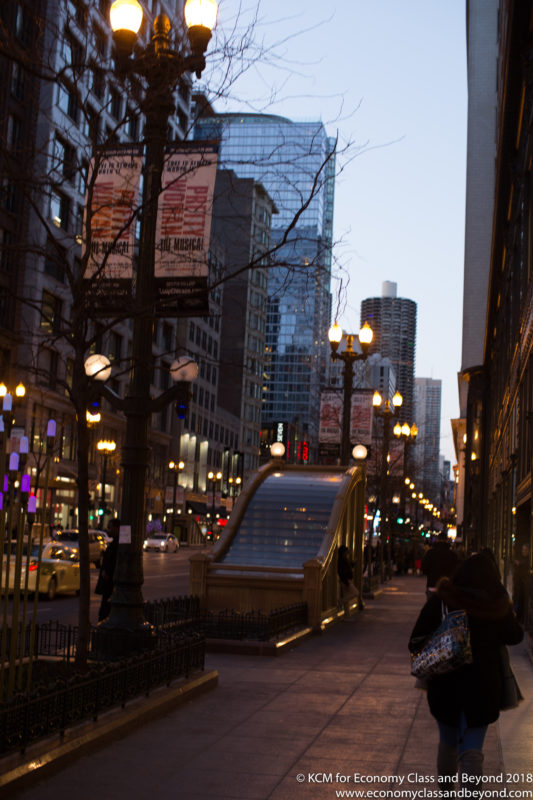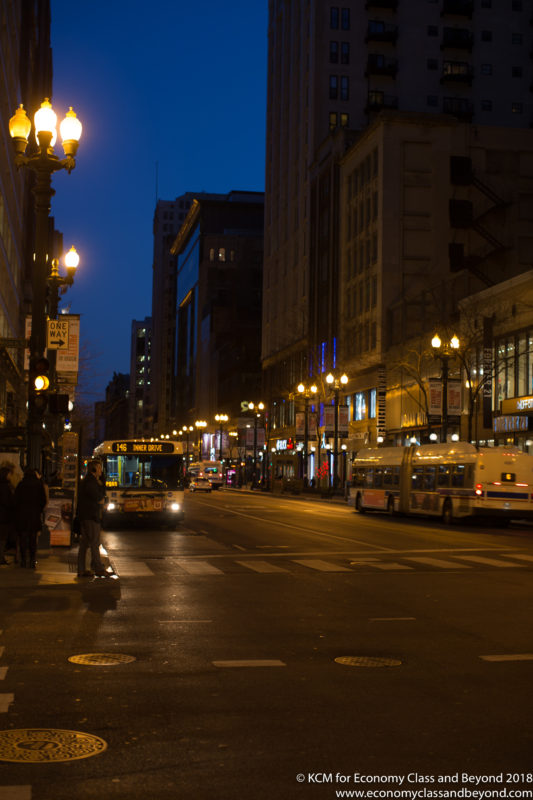Springing to Chicago – The Canon 50mm f1.2L – King of the Red Rings?
Travel Technology with Kevin
- Here we go… again (in more ways than one)
- Off to Heathrow
- Terminal 3 Oneworld Lounges (Cathay Pacific and American Airlines)
- AA87 London Heathrow T3 to Chicago O’Hare International
- The joy of US immigration
- Intercontinental Chicago – Magnificent Mile
- Travel Tech: Life with a Canon 50mm f1.2 (yes, it’s another walk around Chicago)
- Hyatt Regency O’Hare
- Travel Tech: SkullCandy Ink’d Wireless Headphones
- Airplane Art Special: From the Balcony of the Hyatt Regency O’Hare ** BONUS **
- Back to O’Hare, The British Airways Business Class lounge
- BA296 Chicago O’Hare to London Heathrow
- Delayed Arrivals and Homeward
- Short and Sweet
Well, we’re back to Travel Technology – and as a lot of you know – I’m a strong believer in field-testing equipment, rather than letting it rot in a quiet corner.
Today, we’re going to look in detail at one of the flagship lenses for the Canon range – the 50mm f1.2L.
For those unfamiliar – it’s a hunk of glass. Here it is mounted on a Canon 6D.
If you want a pro-review of the 50mm, head over to The Digital Picture. I’m going to talk about it from a use angle.
A lens with the amount of glass in it is going to add weight to your camera – make no mistake – at 545g on top of your camera body and battery weight.
But what can a lens like this do?
Let’s start at the beginning – in daylight. With the John Hancock Centre.
Very little signs of distortion – we’re off to a good start.
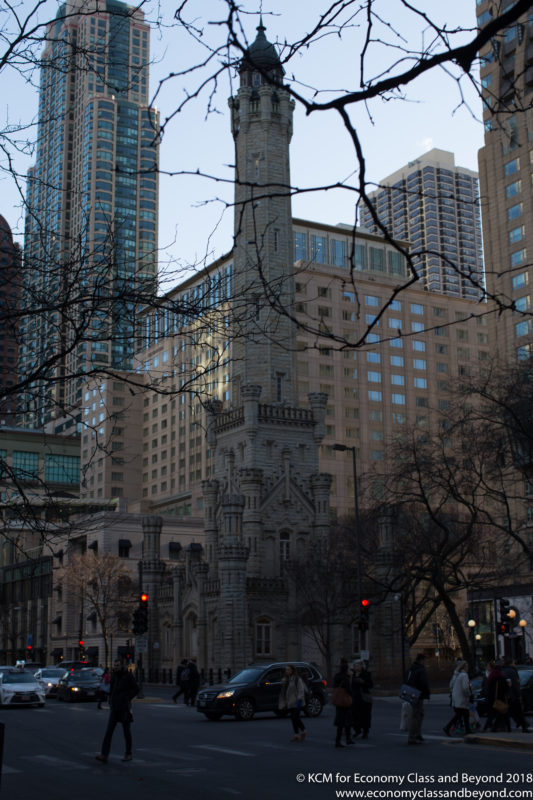
Shadow and contrast works well here.
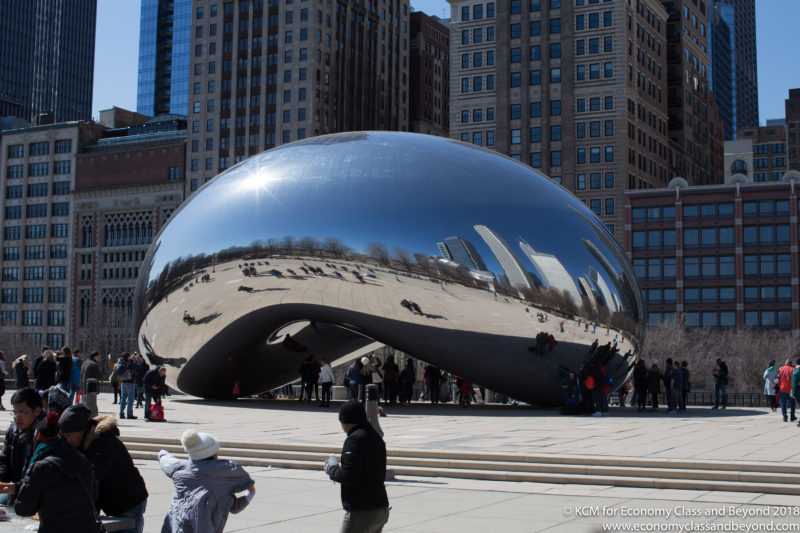
Again, in Cloud gate – we’re looking for distortion – and there’s very little disottion in the image – other than the mirrored surface.
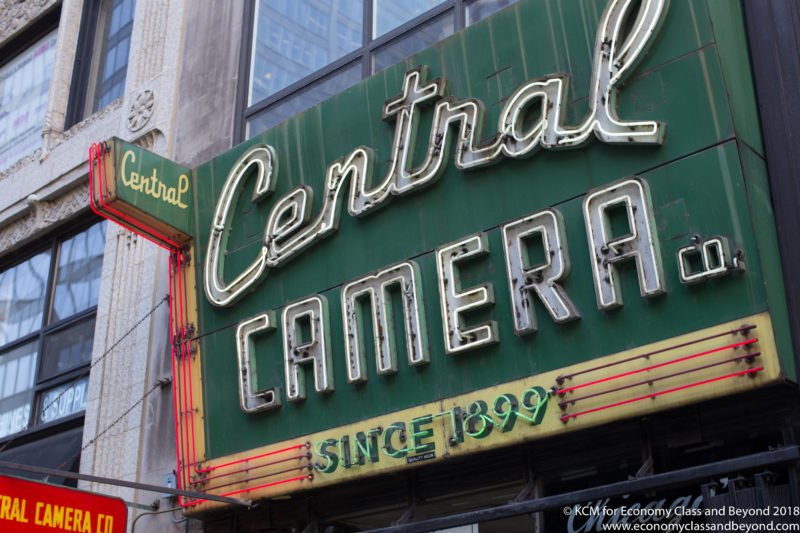
50mm is actually a tough thing to work. Whilst it’s equivalent to a human eye view, you may find yourself taking more than a few steps backwards than usual if you’re not used to working with a prime lens – such as this.
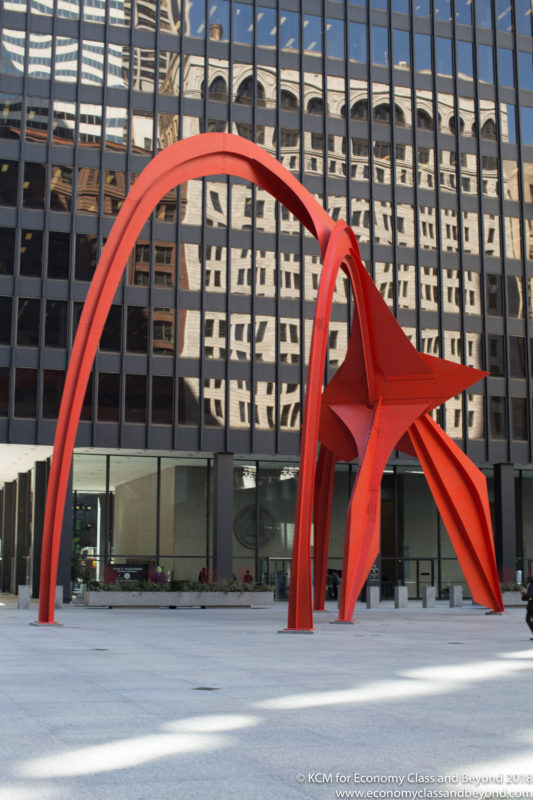
And that applies to larger objects such as this Flamingo.
Dusk is a challenging environment – the lens picked out the colours here well, whilst keeping items in focus
A lens like this gobbles up light for breakfast, and can render some images like this.
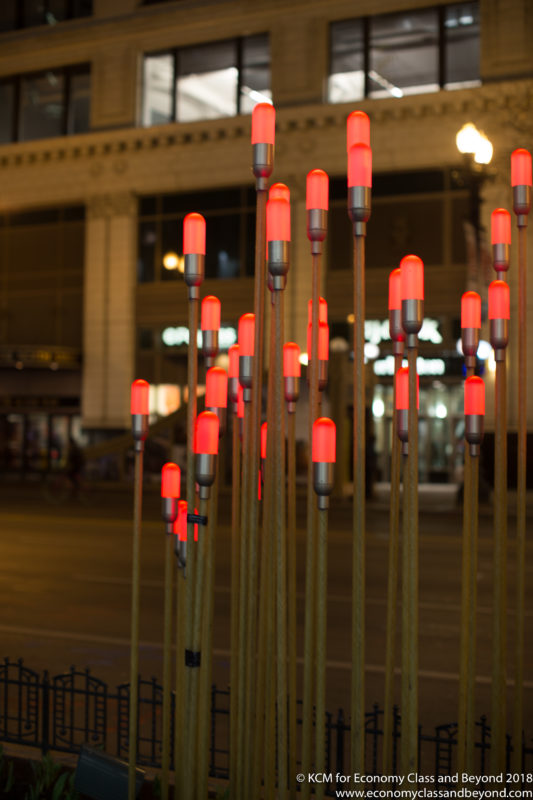
Whilst State Street in Chicago has these odd lightsticks, it provides a forward focusing point, whilst the building in the background melts away creamily.
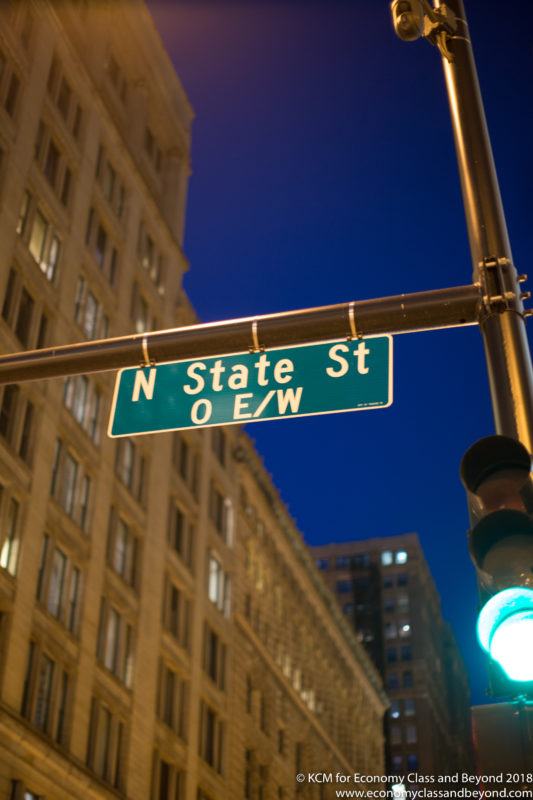
Flair control with a lens with an aperture of f1.2 is tough. It’s the one time I’d recommend keeping the lens hood on at all times.
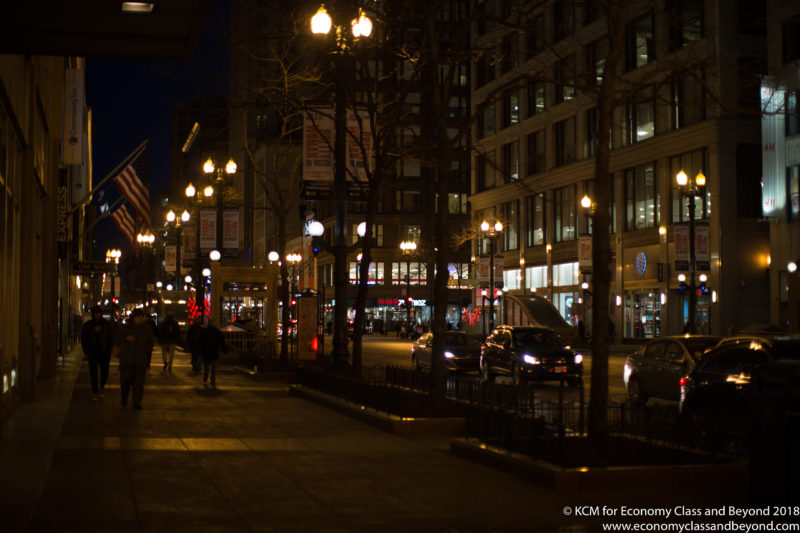
With f1.2 and a fast enough shutter – you can stop the world in darkness, and still have a lot of detail to work with
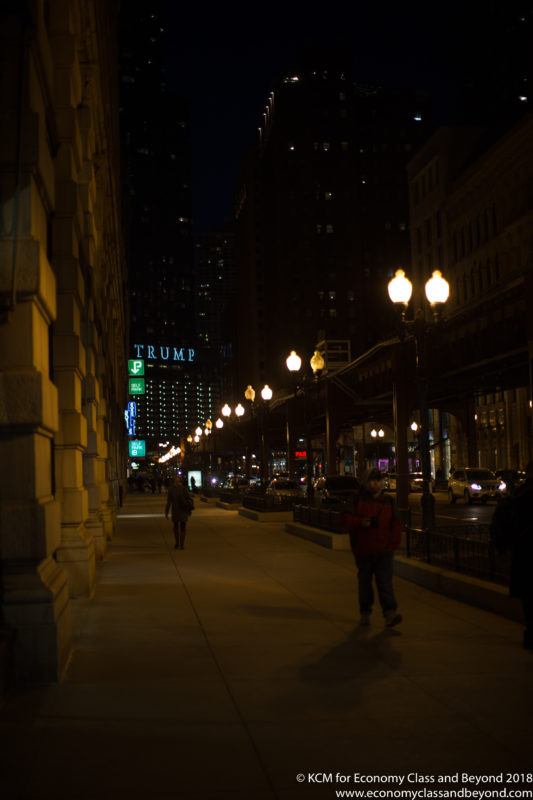
Even if badly branded buildings have their wordmark picked out well

Changing the focal point helps to add more light to the image

The real reason why – I wanted to see a Chicago L train pass over. Again, the shutter is fast enough to freeze the action
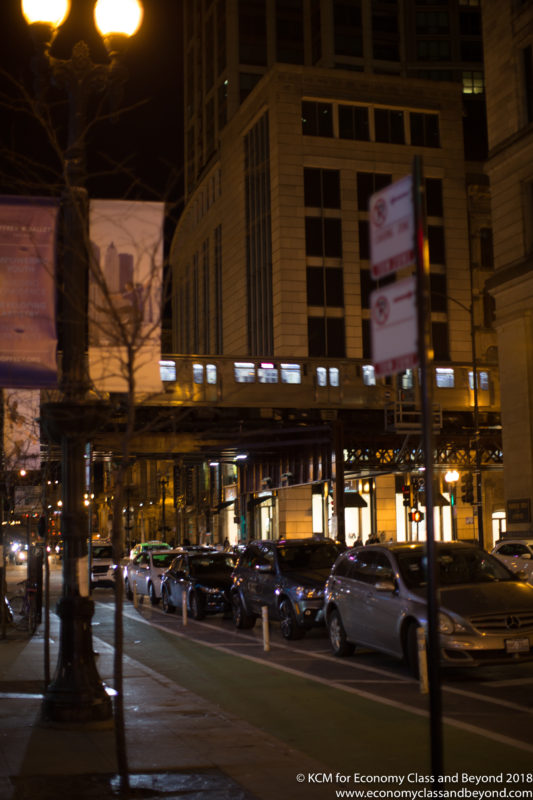
I was lazy with the shutter speed here – with the L train now in motion.
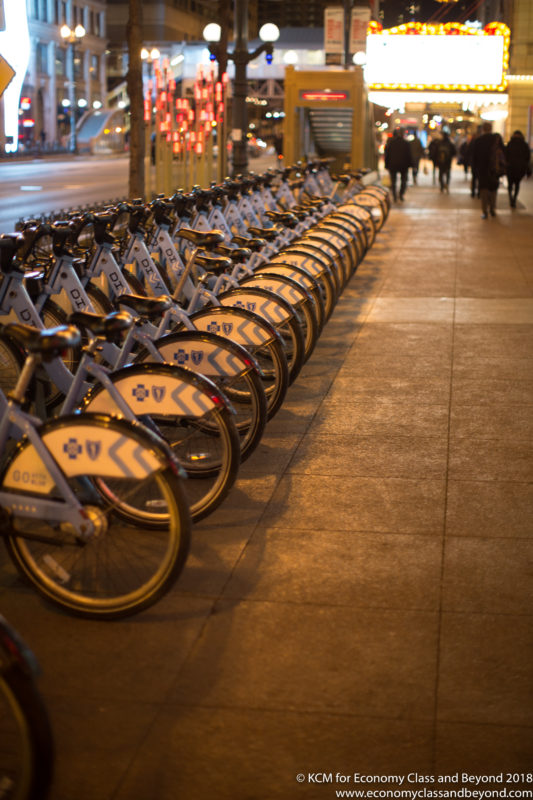
Pick the focal point. One of the features of the lens are the out of focus elements and how they respond – or Bokeh as its properly called. And it’s bokehlicous with no harsh edges on the bokeh.

I said this lens is a light monster. And it’s captured a lot of detail in this alley nicely.

We can argue for years about deep dish pizza and which is the best – I’m not going there with that battle. But again, the focus point is near the bottom of the pie, with the rest of it melting out of focus nicely. And yes, it took me a few days to eat this. But well worth it.
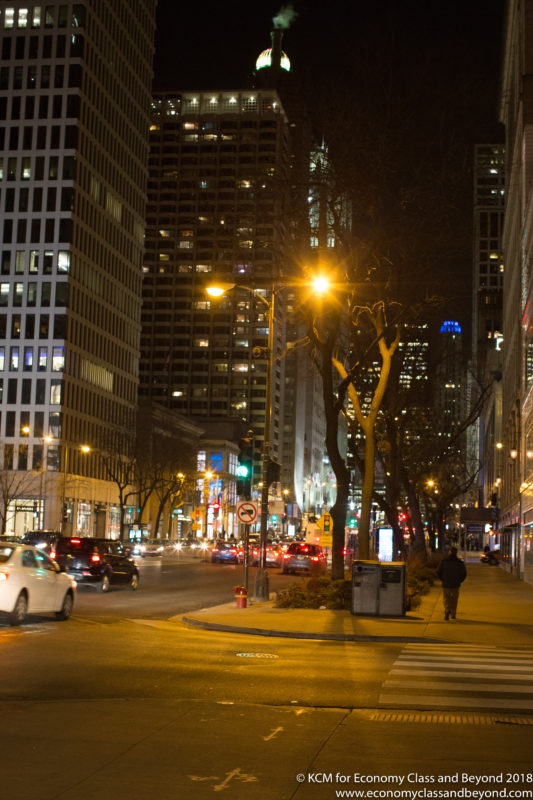
With lots of light, the lens behaves well.
So it’s a surpurb bit of glass, making things lovely and creamy for the out of focus areas. But can you et better value
Easily.
The 50mm lens for any format is one of the best and simplest lenses to make – and easy to get right. On the Canon platform alone, here’s an incomplete list of 50mm lenses you can get:
- Canon 50mm f1.8 Mark I/II
- Canon 50mm F1.8 STM
- Canon 50mm f1.4 USM
- Canon 50mm f2.5 Compact Macro
- Sigma 50mm f2.8 Compact Macro
- SIGMA 50mm f/1.4 ART
- Sigma 50mm f1.4 DC
- ZEISS Planar T* 50 f1.4
- YONGNUO YN 50mm f/1.8
And that’s to name a few. All these lenses come in at different price points. Typically the f1.8 lenses ten to be cheaper, the f1.4’s tend to be more expensive… and the f1.2’s are overpriced.
It’s at this point I’ll disclose that I brought mine as a second-hand lens – because at over £1200 new – it’s an expensive consideration for me. Even second-hand.., the price wasn’t what I’d call cheap at £715.
But I had a specific use for it – portraiture. And in this respect, this lens shines. Now as much as I would like to share those photos, they’re held with the client as their work – so I can’t share them with you.
Maybe I will do a shoot and share them another time.
The 50mm f1.2 is a rather special lens. But don’t assume it will be the best lens for the job. The Canon f1.4 USM or even the f1.8 STM could had put up an excellent fight in all of these photos and the f1.2 would only come out ahead by a bit.
In the majority of cases, the f1.4 will do a lot more than most need (apart from a rather unreliable autofocus motor), and the f1.8 if anything is a lens I would recommend any beginner to get to learn more about their camera.
For a traveller, where weight is key, this lens is overweighted – and you’ll be better off with the f1.4 or the f1.8 to cut your travel weight down.
For me – the 50mm f1.2 has a special place in my kit bag – but other lenses could move it out the way if I’m going to travel.
Next: The Hyatt Regency O’Hare
Welcome to Economy Class and Beyond – Your no-nonsense guide to network news, honest reviews, with in-depth coverage, unique research as well as the humour and madness as I only know how to deliver.
Follow me on Twitter at @EconomyBeyond for the latest updates! You can also follow me on Instagram too!
Also remember that as well as being part of BoardingArea, we’re also part of BoardingArea.eu, delivering frequent flyer news, miles and points to European reader
